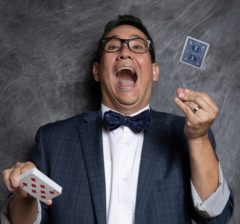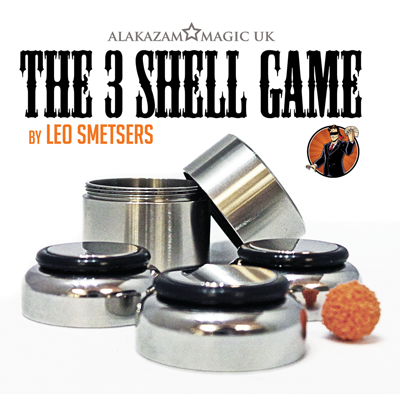The first magic book I ever got was The Amateur Magician’s Handbook written by Henry Hay. The title is a little bit misleading as this really isn’t a good book for beginners. This book teaches you some pretty hard stuff .
It also teaches some pretty old techniques that aren’t really used anymore. Things like back palming multiple coins, or using edge grip to produce multiple coins. It’s not that these are bad techniques it’s just that they aren’t modern.
One of the chapters in later editions of this book is on using video to practice. I was talking to a magician friend and he mentioned one of his mentors told him he was practicing in the mirror too much. He needed to not watch himself practice. He learned to work to himself in the mirror, but he needed to be able to do without seeing himself.
That’s where video comes in, you can see what you are doing, but not in real time. Mirror work has a time, but watching and taking notes in video is a helpful step. I’m working on something new and it looks great in the mirror. Take me away from the mirror and my right arm is stiff, and unnatural. The problem was in the mirror I’m reacting to what I’m seeing and making my right arm natural. Without the mirror, I wasn’t getting the feedback, and the result was a unnatural movement.
TLDR: step away from the mirror and watch yourself practice on video.




